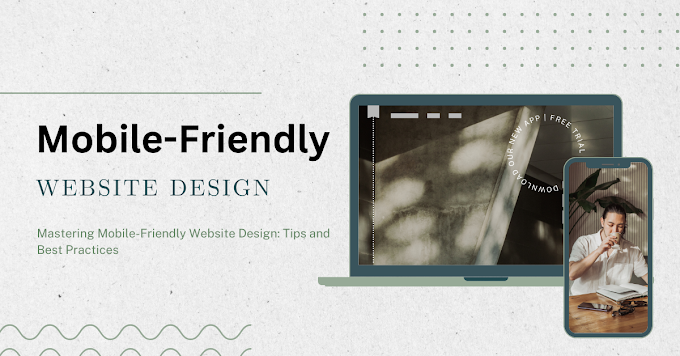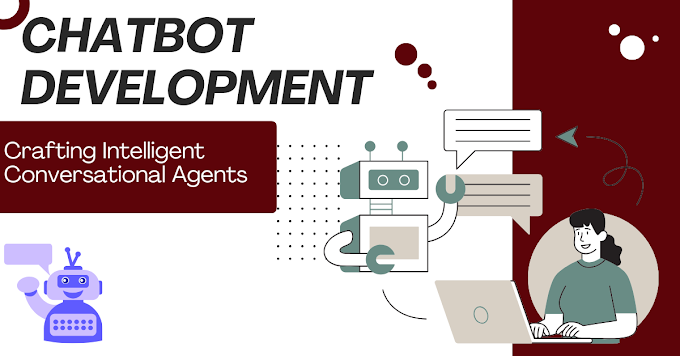Navigating the Digital Labyrinth: A Masterclass on Testing in Web Development
Introduction:
Embarking on a web development journey is like walking through a maze of code and creativity. In this challenging task, testing appears as a compass to ensure that your creation not only comes to life but does so in an easy and reliable way. Join us in this masterclass as we unveil the techniques and implement the tools that transform your web development projects from mere code to flawless digital experiences.1. The Art of Web Development Testing: Unveiling the Tapestry
Testing isn’t just one part of development—it’s the art of weaving the threads of functionality, performance, and user experience. In this section, we’ll unpack the different parts of web development testing, from unit testing to end-to-end validation, creating a clearer picture of why each thread is important in the larger tapestry of the project in the 19th century
2. Strategies for Success: A Blueprint for Effective Testing
No piece of art is complete without a thoughtful approach. We’ll delve into techniques that elevate your testing game, from the Test-Driven Development (TDD) approach to the importance of Continuous Integration and Delivery (CI/CD). Find out how testing methodology is a cornerstone of building robust, maintainable web applications.
3. Tools of the Testing Artisan: Crafting Excellence in Code
Equipping yourself with the right tools is essential in your journey to amazing web development. From Jest for JavaScript applications to PyTest for Python lovers, we’ll explore the range of testing tools available. Each tool is a handy brushstroke, making your testing process more accurate and efficient.
4. Automated Testing: The Alchemy of Efficiency
Enter automated testing, where efficiency meets alchemy. Unlock the magic of automated testing tools like Selenium and Cypress, and reveal the secrets behind scripting tests that mimic user interfaces. Witness first-hand how automated testing can transform your development workflow, ensuring reliability with every commitment.
5. The Human Touch: Exploring User Experience Testing
While there is potential in automation, the human touch remains irreplaceable. Deve into the realm of user experience testing, where real users interact with your application. We will discuss usability testing, accessibility testing, and the critical role that user feedback plays in shaping your digital masterpiece.
Conclusion: Sculpting Perfection in the Digital Atelier
As we conclude this masterclass, you are not only equipped with knowledge; You have the tools and techniques to perfect the digital atelier of web development. Testing is not an obstacle but a cut that defines your creation, and ensures that it stands the test of time. Embrace the art of testing, advance your projects, and navigate the maze of web development with confidence, accuracy and an eye for excellence. The masterpiece awaits; Let the test be your guide.
FAQ
1. Why is testing crucial in web development, and can't I just rely on manual testing?
Answer: Testing is the heartbeat of web development, ensuring your code works as intended and stands resilient against potential issues. While manual testing has its place, incorporating automated testing tools enhances efficiency, catches regressions, and helps maintain a robust codebase.
2. What is Test-Driven Development (TDD), and how can it revolutionize my development process?
Answer: Test-Driven Development (TDD) is a paradigm shift that places testing at the forefront of your development cycle. By writing tests before implementing features, TDD not only ensures functionality but also fosters a more maintainable and bug-resistant codebase.
3. Which testing tools should I incorporate into my web development toolkit, and how do they differ?
Answer: Your testing toolkit is like a palette of brushes, each serving a unique purpose. Jest for JavaScript, PyTest for Python, and tools like Selenium for automated testing offer diverse capabilities. Choosing the right tool depends on your project needs, language preferences, and testing goals.
4. Is automated testing really necessary, and how does it contribute to the development workflow?
Answer: Automated testing is more than a convenience; it's a game-changer. By scripting tests that mimic user interactions, tools like Selenium and Cypress ensure consistent and efficient testing. This not only catches bugs early but also integrates seamlessly into continuous integration and delivery (CI/CD) pipelines, streamlining your entire development workflow.
5. Can testing improve the user experience of my web application, and how does it complement design efforts?
Answer: Definitely! User experience testing, including functionality and accessibility testing, ensures that your web application is not only functional but pleasant to users. By integrating testing into the design process, you create a unity where user feedback is a valuable guide, creating a seamless and enjoyable digital experience
FOR MORE TIPS ON WEB DEVELOPMENT VISIT OUR WEBSITE UStudy








